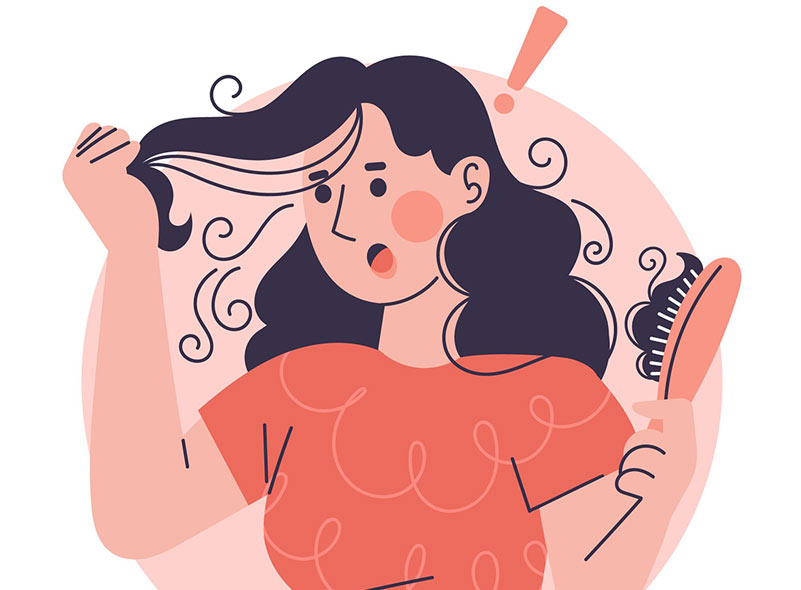15-E, Jay Bharat Soc.
Khar West, Mumbai-52
+91 84199 18281
24/7 Customer Support
Mon - Sat: 11:00 - 18:30
Online store always open
Khar West, Mumbai-52
24/7 Customer Support
Online store always open

What is Hairfall and Why Does it Happen?
Hairfall, also known as hair loss or alopecia, refers to the thinning or shedding of hair from the scalp or other parts of the body. While it’s normal to lose about 50-100 hairs per day, excessive hair loss can be concerning. Hairfall can happen for various reasons, ranging from genetic factors to lifestyle choices.
The primary symptom of hairfall is noticeable hair loss.
Other signs include:
Hairfall can be triggered by multiple factors, including:
To diagnose hairfall, a healthcare professional may:
Treatment for hairfall depends on the underlying cause. Common treatments include:
Flower remedies are natural treatments that use flower essences to balance emotions, which can in turn affect physical health, including hairfall. Emotional stress is a significant contributor to hairfall, and flower remedies work by addressing the emotional root cause.
While flower remedies are gentle and natural, they are best used in conjunction with other treatments for optimal results. Consulting a healthcare professional before starting any new treatment is recommended.